Mortgage lenders and banks offer consumers mortgage life insurance which is meant to clear off a family's mortgage balance should the borrower(s) die.
While this is a convenient option to consider, like anything, there are pros and cons. In the case of mortgage life insurance, the risk and absence of control can be significant. Many lenders and most major banks offer borrowers mortgage protection in the form of life insurance, meaning that one or both borrower’s lives would be insured to cover the balance owing on the mortgage if death occurred. You may have also heard this referred to as “creditor protection” and not an actual insurance policy. Often, the proposed life insured (the borrower) is simply enrolled in the lender’s group insurance benefit plan which can be changed or modified by the lender at their discretion.

Mortgage life insurance is not a substitute for stand alone life insurance coverage. A primary reason is that you don’t actually own the coverage, meaning the lender makes all the rules. More important, most lenders' coverage is not underwritten until a claim is filed. Life insurance underwriting seeks to assess the risk of insuring a potential life insured based on their age, health, lifestyle, occupation, family medical history, hobbies, and other factors as determined by the underwriter. That process involves a life licensed Advisor with the authority to bind you to the coverage. This process includes determining the amount of death benefit required, completing a comprehensive health questionnaire, and can also require additional medical evidence obtained by a licensed health representative, such as a blood profile, urine sample, blood pressure check, etc.
Many lenders simply ask the borrower a few short health questions requiring a “yes” or “no” response and if all questions are answered “yes”, voila … you’re covered (maybe). And so if you are applying for coverage from you bank or lender, ask these two important questions.
1) “Am I being underwritten at the time of application or at the time of claim?”
2) “Do I own this coverage?”
Being underwritten at the time of claim can be financially dangerous because if underwriting uncovered something from a health perspective at the time of claim that would have otherwise declined you for coverage if you were underwritten at the time of application, your claim could be denied. This would be devastating news for your loved ones that you leave behind. Your surviving Family would be reimbursed for the premiums paid but still left with a mortgage balance to pay. On the other hand if the claim were approved, the lender would be paid the equivalent of your mortgage balance, with no money left over for your Family. Hardly a win-win when there is a more suitable option.
With a stand alone life insurance policy (i.e. Term Life, Whole Life, Universal Life), you are underwritten at the time of application. And when you die with coverage in force, the death benefit would be paid to your named beneficiaries versus the lender, leaving your Family in a position of total and absolute control over what to do with the windfall of tax free money. *A caveat here is the contestability period. This is a two year window where if you committed suicide.
For simplicity and peace of mind, a stand alone life insurance policy that you own and control is always the better option. Your Family can choose whether or not to pay off the mortgage and other debts or continue making payments during a period of readjusting to life after the passing of a loved one.
A life insurance policy is a unilateral contract. If you are covered but do not have an actual policy contract naming you as the policy owner, you are not in a position of control, making a claim adjudication unnecessarily stressful and risky.
1. Underwriting at time of claim
This means the reason you need money has happened such as a death or disability, you are submitting for the claim. It is at that time they dust off the paperwork and check to see if you actually qualified for the coverage based on how you answered questions on their form in the past. This is a common practice with many forms of creditor protection. It is the primary reason why these creditor protection plans often do not pay out at the time you are most in need. You can learn about this by watching the CBC marketplace expose on this titled “In denial”
Underwriting obviously has a cost. What lenders do in these creditor protection plans by underwriting at the time of claim is reduce these costs and place the oneness on the borrower to meticulously read the questions asked and to understand them fully. When applying for a loan such a mortgage, this is often a stressful and complex process involving a great deal of paperwork. The borrower is so excited about the house that they often do not fully read, interpret and then understand the questions asked on these creator plan
2. Underwriting at application (this is done with all major life insurance carriers in Canada).
At the time of application, critical information is asked about the person to be insured. Often depending on the size of the coverage a paramedical appointment is scheduled where a trained nurse meets the life insured to get blood samples, urine tests, confirm height and weight of the insured and do blood pressure checks. All of this testing data, reports and even Attending Physician statements are aquirted by the Life company underwriting process to make a clear determination of the risk associated with that person being insured before they are willing to issue a policy. All of these costs are factored into the pricing model of the premium and spread out amongst all of the lives being insured by the life company.
This way when you get a policy contract you can sleep peacefully knowing full well you have bound the insurance carrier to the contract and you are the owner. THe owner of the policy is the one that has all the control to make changes in the future.

A real key issue with creditor protection is something called “Cost Creep”. On average the typical mortgage in Canada only stays on the books for 3-5 years. Then in today's world families are often moving to a new home, upgrading, moving to another part of the country, or refinancing the mortgage into a new loan to consolidate other debts. Every time this happens the typical canadaan chooses a mortgage with a new lender that is competing with mortgage interest rates. At that point the borrower is now 5 years older, and they may have had medical changes occur that could cause them to be uninsurable. The mortgage loan size often increases and the premiums to get the cretiro protection has dramatically increased. The borrower even runs the critical risk of being unable to successfully answer the vague medical questions asked on the lenders form.
The cost of the creditor protection crept up and up. The cash flow of the borrowed keeps getting sent away from the family household and is unable to work for them in some other location. In contrast, families who embrace THe Infinite Banking COncept can get the proper protection they need, lock down the premium pricing for life and build an asset that creates equity very similar to a house. This requires some learning, but once this process is in place the concerns of mortgage protection and waving goodbye to your hard earned money becomes a thing of the past. To learn more register for the on demand session here:
To calculate the insurance amount you need is actually very different than just calculating what a premium may be for your mortgage alone. Always work with a qualified Life Insurance broker who completes a needs assessment. This needs assessment will accurately determine based on how you are currently structured financially and your family dynamic how much coverage you should actually have in place to protect your family and take care of any creditor costs.
Once you have that number then you can calculate actual quotes that will solve the financial problem that are created when you pass away. Many folks are surprised how much they are under insured.
Then you can customize a plan based on your monthly cash flow as well as your future planning to create savings and put capital to work for your retirement. When planned correctly you can get both family protection and a retirement plan created in one. If there is any excess coverage needed this is often solved with relatively inexpensive Term coverage for 10 or 20 year periods of time depending on a person's age and actual objectives.

It is important to get quotes to have an idea of what a life product might cost you. However, it is even more important to make sure the product you are getting is an actual insurance contact that you own. Quotes can only be based on the information we enter into them. When you work with a knowledgeable insunrare professional they have relationships with multiple carriers and can provide distinct advice and recommendations on which policies may be the best fit. Premium amount is a factor, but there can be many other factors that need to be considered such as your current health and any medical issues, as well as future plans to use any conversion options.
Once proper underwriting takes place it could uncover past health conditions, family history, or lifestyle practices that could quickly change the required cost of premiums (such as drug usage, dangerous sports etc). A life company engineer’s plans to make sure they can cover the benefit amounts in the given time period.
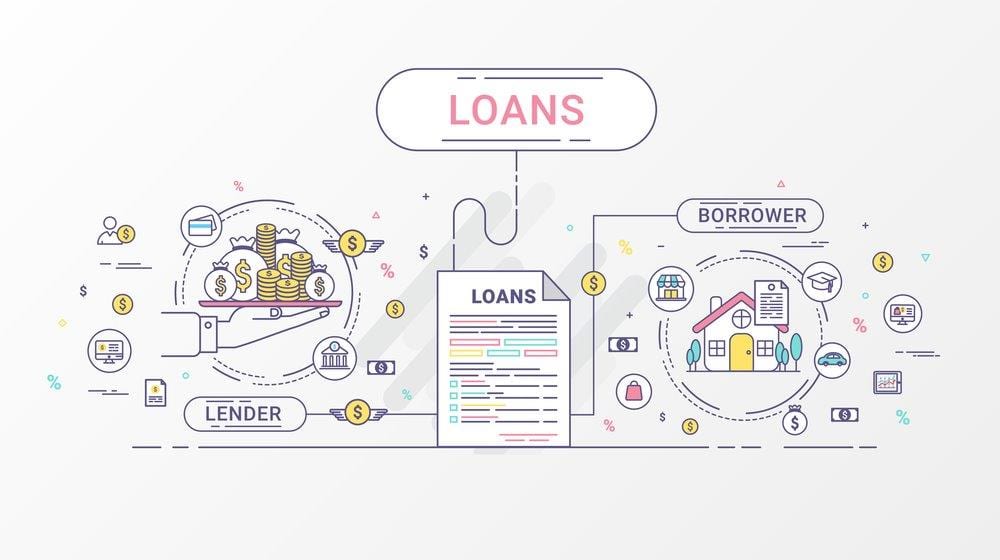
It is unfortunate that if the primary breadwinner was to die today, 75% of Canadian households would struggle with everyday expenses such as a mortgage. The loss of income is a substantial hit.
It is not mandatory for everyone to take mortgage life insurance. You always have options and consumers need to focus on learning how they can best provide peace of mind and protection for the family that will be there when they most need it.
A lender cannot force you to have life coverage or to take their creditor protection version of it. They way it is often presented though can give a borrower that impression. You are in the driver's seat when it comes to your insurance choices. Much like a drive in a car you should take some time to learn how to operate the vehicle before getting behind the wheel. If consumers put as much effort into choosing proper insurance coverage as they did the house they were buying our entire society would be much better off. No longer would we have to see the constant gofund me pages and charity events to take care of those in need. Insurance is there to solve this problem in our lives that we all have, the what if scenarios that can make a massive financial impact when someone gets sick or dies prematurely.
We don’t know our “best before date” but we do know that it will happen. To not properly plan around one of the only known events in our life seems a bit silly.

Before you sign up for mortgage life insurance unemployment, you may want to consult a financial expert beforehand. As much as it is intended to pay your mortgage when you become unemployed involuntarily, chances are that the payments will be done for a limited period of time with the assumption that you need to obtain new employment.
Here are the eligibility criteria;
You must have an occupation that is considered stable – even with 50 years' experience, some occupations will not get you a mortgage life insurance unemployment.
Self-employed individuals and independent contractors are not eligible for this kind of insurance.
Persons under 18 and over the age of 60 are not eligible.
Military personnel as well as retirees do not qualify for this insurance as well.
The waiting period is 30 days before which if you happen to lose your employment you will not be qualified for unemployment insurance.
Mortgage life insurance policies also differ. They range from $750-$2000. If the costs don't fully cover your mortgage, then you will be required to pay the rest to cover your monthly mortgage in full.
Life insurance is superior to mortgage protection life insurance. If you are concerned about leaving behind expensive mortgage insurance when you die, then you should always have this in mind because life insurance is the best remedy.
Get Access To Our On-Demand Training To See How Our Expert Financial Advisors And Coaches Can Help You Get Proper Mortgage Life Insurance In Your Life.


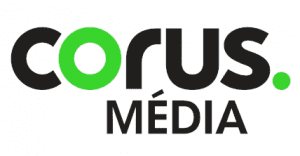

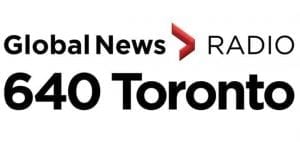

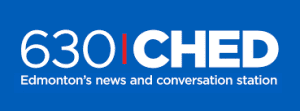

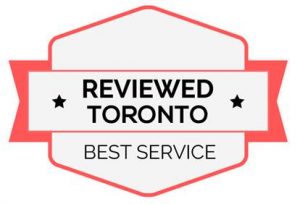
© 2024 Ascendant Financial Inc. All rights reserved.
The supporting material, audio and video recordings and all information related to Introduction to Becoming Your Own Banker, The Infinite Banking Concept (IBC) posted on www.ascendantfinancial.ca and all other Ascendant Financial Inc. websites are designed to educate and provide general information regarding The Infinite Banking Concept (IBC) and all other subject matter covered. It is marketed and distributed with the understanding that the authors and the publishers are not engaged in rendering legal, financial, or other professional advice. It is also understood that laws and practices may vary from province to province and are subject to change. All illustrations provided in these materials are for educational purposes only and individual results will vary. Each illustration provided is unique to that individual and your personal results may vary. Because each factual situation is different, specific advice should be tailored to each individual’s particular circumstances. For this reason, the reader is advised to consult with qualified licensed professionals of their choosing, regarding that individual’s specific situation.
The authors have taken reasonable precautions in the preparation of all materials and believe the facts presented are accurate as of the date it was written. However, neither the author nor the publishers assume any responsibility for any errors or omissions. The authors and publisher specifically disclaim any liability resulting from the use or application of the information contained in all materials, and the information is neither intended nor should be relied upon as legal, financial or any other advice related to individual situations.
Family Banking System (FBS)™ is a trademark of Ascendant Financial Inc. © Ascendant Financial Inc., 2024. All rights reserved. The phrase “Live the Lifestyle, Love the Process, Infinite Banking” is a registered copyright (Registration No. 1209863) with the Canadian Intellectual Property Office. Unauthorized use, reproduction, distribution, or copying of this phrase, in whole or in part, without express written permission from Ascendant Financial Inc. is strictly prohibited. This copyright is protected under Canadian intellectual property laws and regulations. Any unauthorized use is subject to legal action and enforcement under Canadian law. For inquiries or requests for permission to use this copyright, please contact Ascendant Financial Inc.
The Infinite Banking Concept® is a registered trademark of Infinite Banking Concepts, LLC. Ascendant Financial is independent of and is not affiliated with, sponsored by, or endorsed by Infinite Banking Concepts, LLC.”
This content is intended for Canadian residents of BC, AB, SK, MB, ON, NB, NS, NU, YT, PEI & NFLD only.